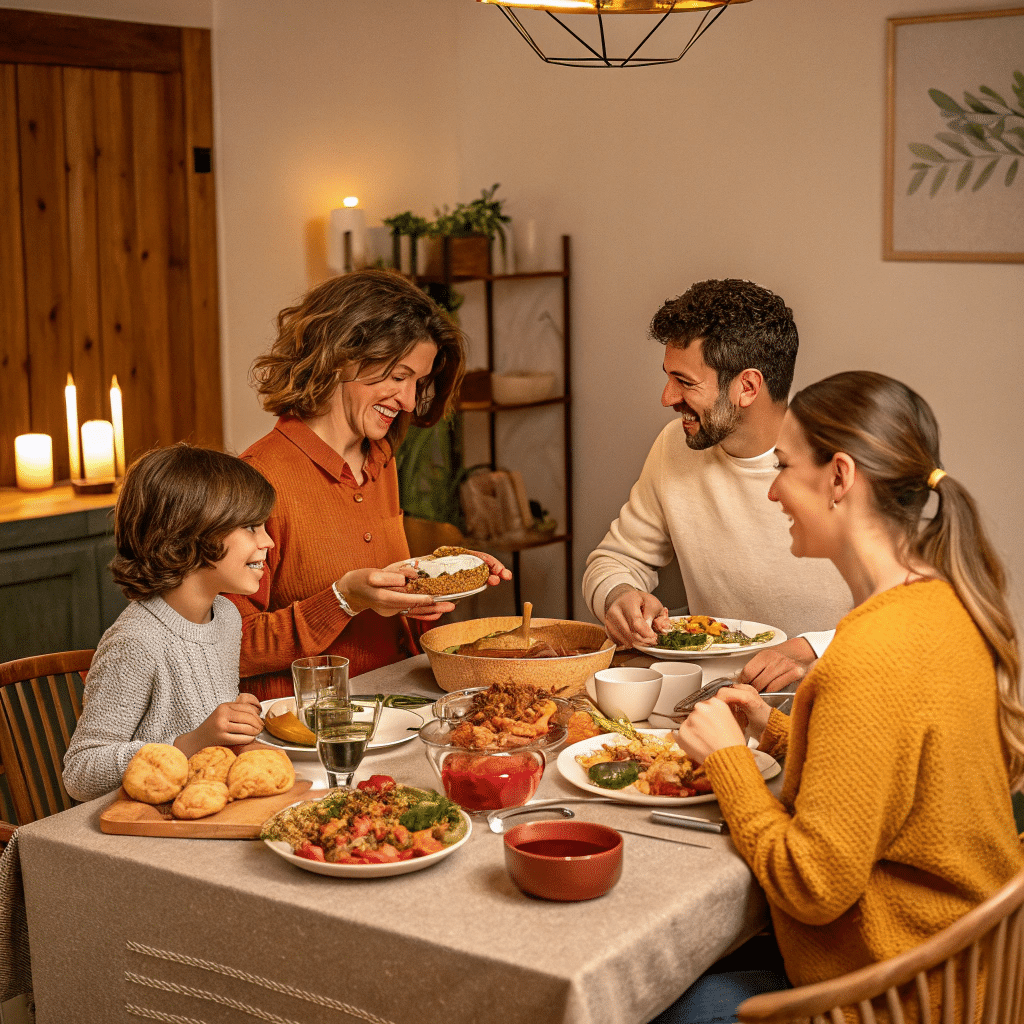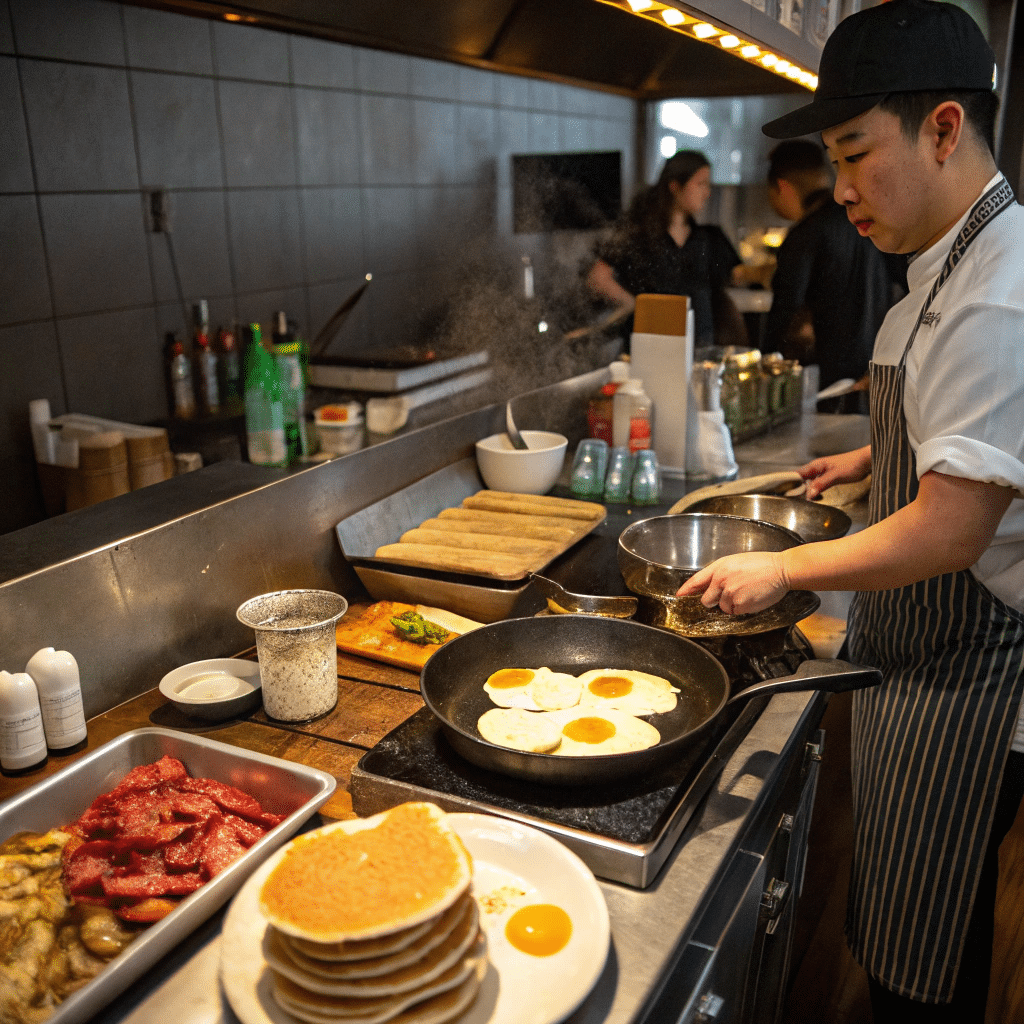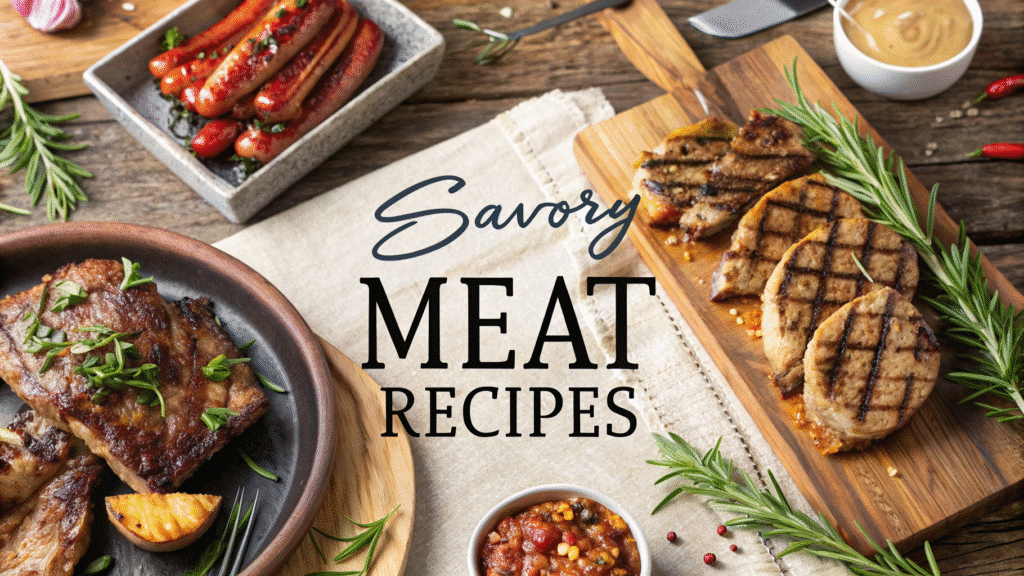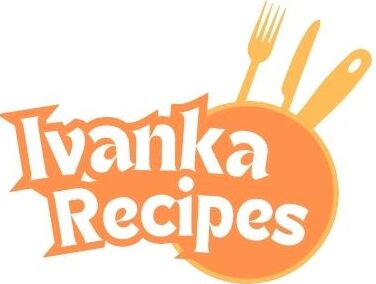What is Celiac Disease?
Growing up in an Italian household, food like crusty bread, fresh pasta, and homemade pizza were the foundation of every meal. But when my cousin was diagnosed with celiac disease, our family had to rethink all the foods we took for granted. We began reading labels, hunting down gluten-free alternatives, and reshaping our diet around safe, nourishing foods. This guide is crafted especially for celiac patients, focusing on gluten-free food, practical tips, and how to live fully without gluten—no matter the season or situation.
Celiac disease is an autoimmune disorder where the ingestion of gluten—a protein found in wheat, barley, and rye—causes damage to the small intestine. For celiac patients, even small amounts of gluten can trigger a harmful immune response.
Table of Contents
- The Affects about 1 in 100 people worldwide
- More than 2 million Americans don’t even know they have it—and that puts them in danger.
- Genetic factors play a major role
Symptoms and Diagnosis

Celiac symptoms can vary widely, which often delays diagnosis. Common signs include:
- Chronic diarrhea or constipation
- Bloating, gas, or abdominal pain
- Fatigue
- Weight loss
- Iron-deficiency anemia
- Skin rashes (dermatitis herpetiformis)
- Brain fog or mood issues
Diagnosis typically involves:
- Blood tests for tTG-IgA
- Biopsy of the small intestine
- Genetic testing (HLA-DQ2 or HLA-DQ8)
Important: Do not start a gluten-free diet before being tested—it can interfere with results.
Foods to Avoid
A gluten-free lifestyle starts by eliminating the main culprits:
Wheat-Based Products
- Bread, pasta, cereal
- Flour tortillas, baked goods
- Soy sauce and imitation meats
Barley-Based Food
- Malt (found in cereals, candy, and beer)
- Brewer’s yeast
- Barley soups and stews
Rye-Based Food
- Rye bread and crackers
- Certain whiskeys
- Pumpernickel
Hidden Sources of Gluten
Celiac patients must become label-reading pros. Gluten hides in surprising places:
- Salad dressings and marinades
- Processed deli meats
- Seasoned snack mixes
- Medications and vitamins
- Toothpaste and lip balm
Look for the Certified Gluten-Free label or check the ingredient list carefully.
Gluten-Free Alternatives
Thankfully, today’s grocery shelves are full of celiac-safe products. Great swaps include:
- Flours: Almond, coconut, rice, and chickpea flour
- Grains: Quinoa, buckwheat, millet, and sorghum
- Breads: Gluten-free loaves from Canyon Bakehouse, Udi’s, and Schär
- Pasta: Brown rice, corn, lentil, or chickpea pasta
Dining Out with Celiac Disease

Dining out is a major hurdle for many celiac patients, but it’s doable:
- Call ahead and ask about gluten-free protocols.
- Choose restaurants with a dedicated GF menu.
- Educate the staff—explain cross-contamination risks.
- Avoid buffets or shared fryer foods.
Apps like Find Me Gluten Free can help locate celiac-friendly spots across the USA.
Living Gluten-Free in the USA
Here’s how the US stacks up for celiac patients:
- FDA labeling laws require foods labeled “gluten-free” to contain less than 20 ppm gluten.
- Most major chains like Chipotle, Chick-fil-A, and PF Chang’s offer gluten-free options.
- Supermarkets (Whole Foods, Trader Joe’s, Walmart) stock extensive GF products.
For celiac patients in the USA, awareness is growing fast, but it still varies by region. Larger cities tend to be more accommodating.
Seasonal Nutrition Tips for Celiac Patients
Summer
- Enjoy fresh corn, berries, and zucchini.
- Grilled meats and fresh salads are naturally gluten-free.
- Be cautious with BBQ sauces and marinades—many contain hidden gluten.
Winter
- Opt for roasted root veggies and gluten-free grain bowls.
- Soups made from scratch are safe and hearty—just skip the flour roux.
- Bake with almond flour for holiday treats.
Travel Tips for Celiac Patients
Traveling as a celiac patient requires prep:
- Pack GF snacks and non-perishables.
- Use a gluten-free dining card in the local language.
- Stay in hotels with a kitchenette.
- Research restaurants ahead of time.
- Use airline apps to request gluten-free meals (for international flights).
Being diagnosed with celiac disease might feel overwhelming at first, but knowledge—and a solid pantry—make all the difference. This lifestyle is not about limitation, but adaptation. And for those of us who’ve witnessed the journey first-hand, we know that celiac patients can thrive with the right support.
Conclusion: Thriving as a Celiac Patient :
Living with celiac disease isn’t just about avoiding bread or skipping dessert—it’s a full lifestyle shift. But with the right knowledge and tools, celiac patients can thrive, not just survive. The USA offers an ever-growing selection of gluten-free options, supportive communities, and medical resources. Whether you’re newly diagnosed or supporting a loved one, remember: you’re not alone on this journey.
Stay informed, stay cautious, but most importantly—stay empowered. From mastering hidden ingredients to dining out with confidence, this lifestyle can still be delicious, diverse, and joyful.

http://Looking for inspiration? Try our homepage for more creative kitchen ideas.Frequently Asked Questions :
1. What are the three worst foods for celiac patients?
The top three foods to avoid for celiac patients are:
Wheat-based products – Including breads, pastas, cakes, and crackers.
Barley-based foods – Found in malt, beer, and many breakfast cereals.
Rye-based foods – Like rye bread, rye crackers, and pumpernickel.
2. Can celiac patients eat oats?
Oats are naturally gluten-free, but they are often contaminated with gluten during processing. Celiac patients should only consume oats labeled “certified gluten-free.”
3.What are hidden sources of gluten celiac patients should avoid?
Some hidden sources include:
Soy sauce (unless gluten-free)
Salad dressings and sauces
Processed meats
Some vitamins and medications
Always check ingredient labels and look for certified gluten-free symbols.
4. Is celiac disease the same as gluten intolerance?
No. Celiac disease is an autoimmune disorder, while gluten intolerance (non-celiac gluten sensitivity) is a condition where gluten causes discomfort but doesn’t damage the small intestine.
5. Are gluten-free products safe for celiac patients?
Only products labeled “certified gluten-free” are considered safe, as they must contain fewer than 20 parts per million (ppm) of gluten, per FDA standards.
👉 Have your own tips or favorite gluten-free product? Share it in the comments! Let’s support each other on this gluten-free journey.
